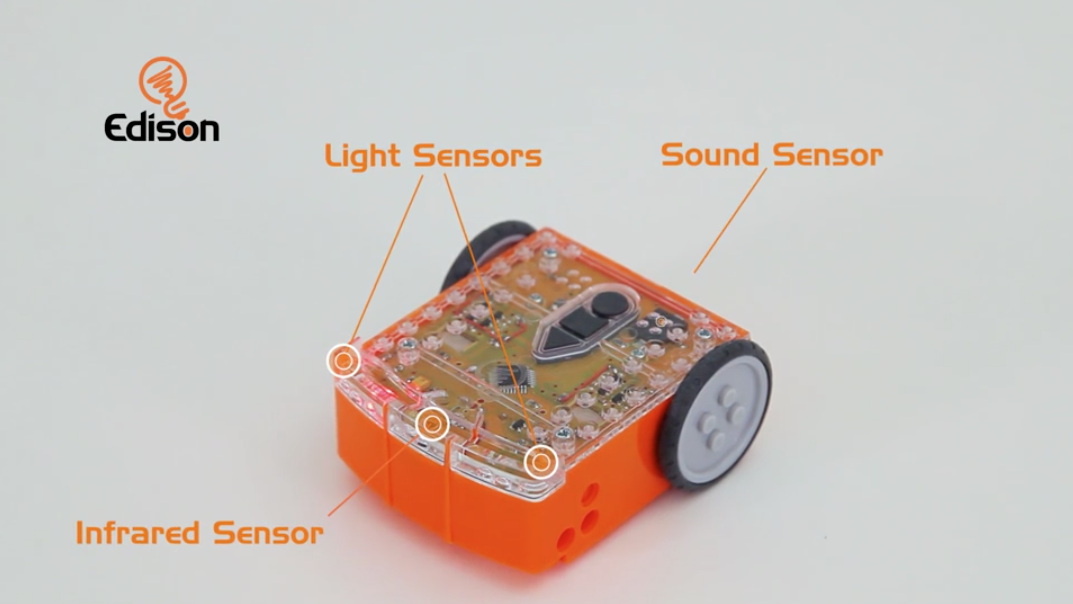Robots in High-Tech Farming (Grades 6-8)
Students discover the four main components of robots, explore how robots are used in agriculture, and program and operate a robot to address a farming challenge.

Background
Lesson Activities
Recommended Companion Resources
Credits
Author
Lynn Wallin | National Center for Agricultural Literacy (NCAL)
Sources
- https://www.theautomationengineer.com/markets-sectors/automated-agriculture-robots-future-farming/
- https://nifa.usda.gov/topic/agriculture-technology
- http://www.handsfreehectare.com/
- https://www.sciencefriday.com/segments/the-origin-of-the-word-robot/
- https://nifa.usda.gov/announcement/usdas-national-institute-food-and-agriculture-announces-support-collaborative-robotics
Standards
National Content Area Standards
- Career & Technical Education
- AFNR (Grades 6-8): Career Ready Practices
- CRP.10.1: Identify career opportunities within a career cluster that match personal interests, talents, goals and preferences.
- CRP.10.2: Examine career advancement requirements (e.g., education, certification, training, etc.) and create goals for continuous growth in a chosen career.
- AFNR (Grades 6-8): Power, Structural and Technical Systems Career Pathway
- PST.05.01: Apply computer and other technologies (e.g., robotics, CNC, UAS, etc.) to solve problems and increase the efficiency of AFNR systems.
- AFNR (Grades 6-8): Career Ready Practices
- Social Studies – History
- NCSS 8 (Grades 6-8): Science, Technology, and Society
- Objective 2: Society often turns to science and technology to solve problems.
- Objective 5: Science and technology have changed peoples' perceptions of the social and natural world, as well as their relationship to the land, economy and trade, their concept of security, and their major daily activities.
- NCSS 8 (Grades 6-8): Science, Technology, and Society
- Science
- MS-ETS1: Engineering Design
- MS-ETS1-1: Define the criteria and constraints of a design problem with sufficient precision to ensure a successful solution, taking into account relevant scientific principles and potential impacts on people and the natural environment that may limit possible solutions.
- MS-ETS1: Engineering Design
